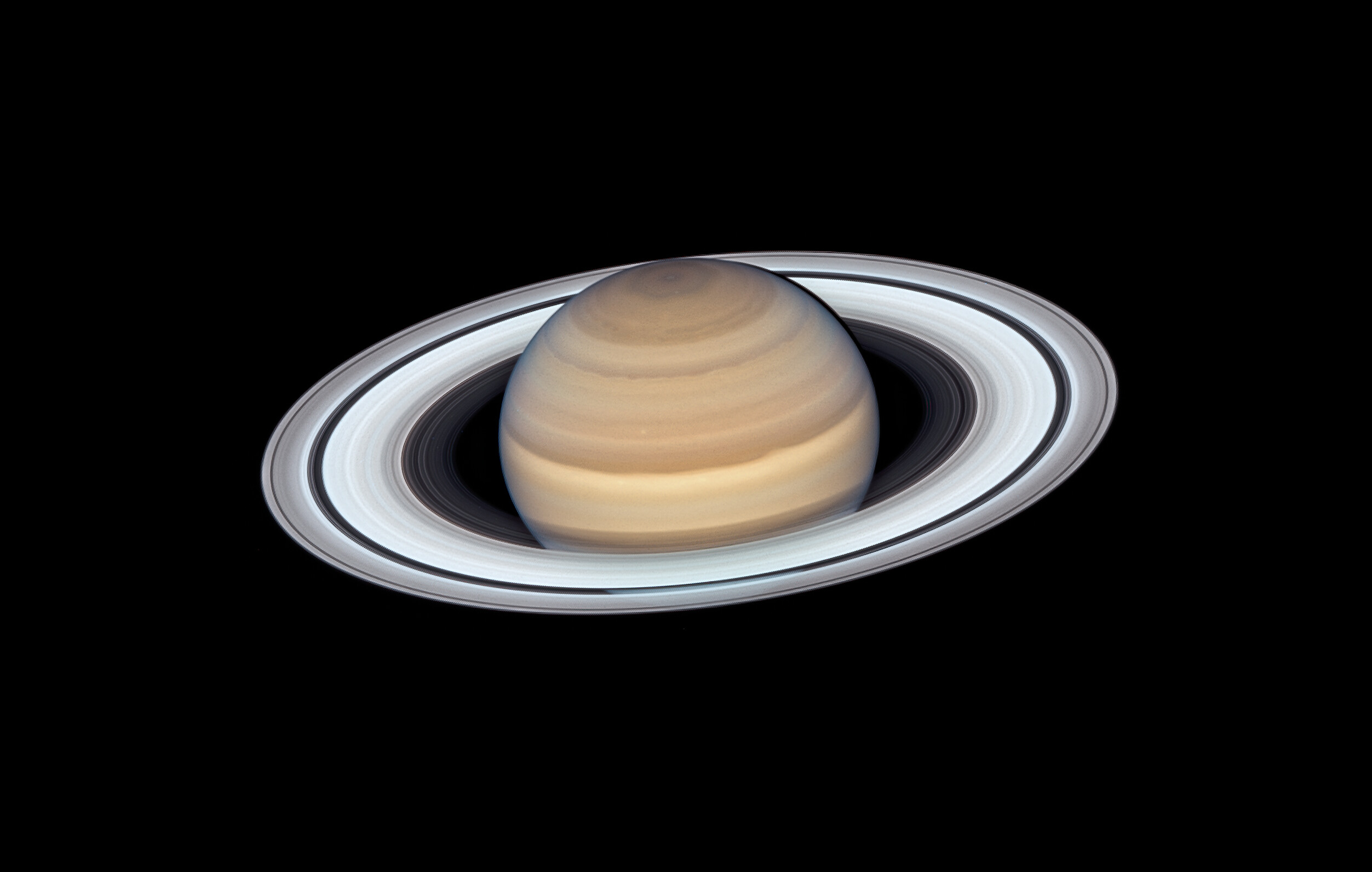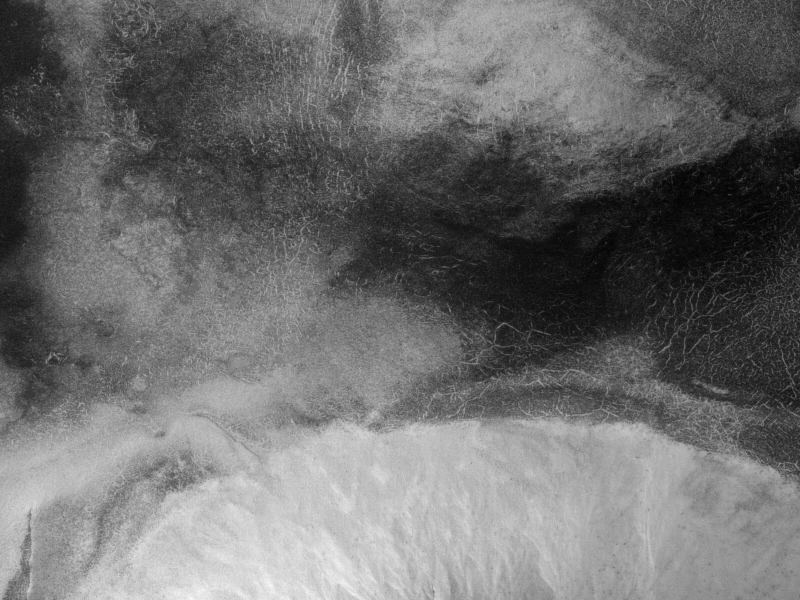Beautiful photos of Solar System planets by HST
I would like to share with you some beautiful photos of some of the planets of the Solar System that have been taken recently by the Hubble Space Telescope.

Image above: The NASA/ESA Hubble Space Telescope’s Wide Field Camera 3 observed Saturn on 20 June 2019 as the planet made its closest approach to Earth, at approximately 1.36 billion kilometres away. [1]

Image above: This latest image of Jupiter, taken by the NASA/ESA Hubble Space Telescope was captured when the planet was 653 million kilometres from Earth. Hubble’s sharp view is giving researchers an updated weather report on the monster planet’s turbulent atmosphere, including a remarkable new storm brewing, and a cousin of the Great Red Spot changing colour — again. The new image also features Jupiter’s icy moon Europa. [2]

This image shows the recent observations of the planets Mars and Saturn made with the NASA/ESA Hubble Space Telescope. The observations of both objects were made in June and July 2018 and show the planets close to their opposition. Hubble’s high-resolution images of the planets and moons in our Solar System can only be surpassed by pictures taken from spacecraft that actually visit them. Hubble even has one advantage over these probes: it can look at these objects periodically and observe them over much longer periods than any passing probe could. Hubble’s first observations of Mars date back as far 1991 and the first observation of Saturn was performed in 1990 — the year Hubble was launched. [3]

Ever since Voyager 2 beamed home spectacular images of the planets in the 1980s, planet-lovers have been hooked on extra-terrestrial aurorae. Aurorae are caused by streams of charged particles like electrons, that come from various origins such as solar winds, the planetary ionosphere, and moon volcanism. They become caught in powerful magnetic fields and are channelled into the upper atmosphere, where their interactions with gas particles, such as oxygen or nitrogen, set off spectacular bursts of light. The alien aurorae on Jupiter and Saturn are well-studied, but not much is known about the aurorae of the giant ice planet Uranus. In 2011, the NASA/ESA Hubble Space Telescope became the first Earth-based telescope to snap an image of the aurorae on Uranus. In 2012 and 2014 a team led by an astronomer from Paris Observatory took a second look at the aurorae using the ultraviolet capabilities of the Space Telescope Imaging Spectrograph (STIS) installed on Hubble. They tracked the interplanetary shocks caused by two powerful bursts of solar wind travelling from the Sun to Uranus, then used Hubble to capture their effect on Uranus’ aurorae — and found themselves observing the most intense aurorae ever seen on the planet. By watching the aurorae over time, they collected the first direct evidence that these powerful shimmering regions rotate with the planet. They also re-discovered Uranus’ long-lost magnetic poles, which were lost shortly after their discovery by Voyager 2 in 1986 due to uncertainties in measurements and the featureless planet surface. This is a composite image of Uranus by Voyager 2 and two different observations made by Hubble — one for the ring and one for the aurorae. [4]

Hubble’s October 25th (2021) view of Uranus puts the planet’s bright northern polar hood in the spotlight. It’s springtime in the northern hemisphere and the increase in ultraviolet radiation absorbed from the Sun seems to be causing the polar region to brighten. Researchers are studying how the brightening polar hood results from changes in the concentration of atmospheric methane gas and the characteristics of haze particles, as well as the atmospheric flow patterns. Curiously, even as the atmospheric hood gets brighter, the sharp southernmost boundary remains fixed at the same latitude. This has been constant over the past several years of OPAL observations, perhaps because a jet stream is setting up a barrier at that latitude of 43 degrees. [5]

In observations taken on September 7th (2021), researchers found that Neptune’s dark spot, which recently was found to have reversed course from moving toward the equator, is still visible in this image, along with a darkened northern hemisphere. There is also a notable dark, elongated circle encompassing Neptune’s south pole. Neptune’s and Uranus’ blue color is a result of the absorption of red light by the planets’ methane-rich atmosphere, combined with the same Rayleigh-scattering process that makes the Earth’s sky blue. In 2021, there are few bright clouds on Neptune, and its distinct blue with a singular large dark spot is very reminiscent of what Voyager 2 saw in 1989. [6]

Hubble’s September 4th (2021) photo of Jupiter displays the ever-changing landscape of its turbulent atmosphere, where several new storms are making their mark, and the pace of color changes near the planet’s equator is continuing to surprise researchers.
The planet’s equatorial zone has remained a deep orange hue for a much longer time, compared to previous darkening episodes. While the equator has changed from its traditional white or beige appearance for a few years now, scientists were surprised to find the deeper orange color to persist in Hubble’s recent imaging, instead expecting the zone to lose its reddish haze layer.
Just above the equator, researchers note the appearance of several new storms, nicknamed “barges” during the Voyager era. These elongated red cells can be defined as cyclonic vortexes, which vary in appearance. While some of the storms are sharply defined and clear, others are fuzzy and hazy. This difference in appearance is caused by the properties within the clouds of the vortexes.
Researchers also note that a feature dubbed “Red Spot Jr.” (Oval BA), below the Great Red Spot, where Hubble just discovered winds are speeding up, is still a darker beige color, and is joined by a string of white, anticyclonic storms to the south. [7]
Sources: esahubble.org, hubblesite.org
References:
- [1] NASA, ESA, A. Simon (Goddard Space Flight Center), and M.H. Wong (University of California, Berkeley)
- [2] NASA, ESA, A. Simon (Goddard Space Flight Center), and M. H. Wong (University of California, Berkeley) and the OPAL team
- [3] Saturn: NASA, ESA, A. Simon (GSFC) and the OPAL Team, and J. DePasquale (STScI); Mars: NASA, ESA, and STScI
- [4] ESA/Hubble & NASA, L. Lamy / Observatoire de Paris
- [5] NASA, ESA, Amy Simon (NASA-GSFC), Michael H. Wong (UC Berkeley), Alyssa Pagan (STScI)
- [6] NASA, ESA, Amy Simon (NASA-GSFC), Michael H. Wong (UC Berkeley), Alyssa Pagan (STScI)
- [7] NASA, ESA, Amy Simon (NASA-GSFC), Michael H. Wong (UC Berkeley), Joseph DePasquale (STScI)











